Re-Reading Laura Ingalls Wilder in Every Season
Disclaimer: This article contains affiliate links.
The books that kept me reading for hours on the porch swing or up late in bed as a child were tales of girls that felt real and honest, yet in their own way magical. A series I read and reread over and over all through my childhood was Laura Ingalls Wilder’s Little House on the Prairie. I strongly identified with Laura, because I, too, would rather have been running around than sitting inside learning how to be a lady. It was in her books I found a friend and a way to understand the world. Time passed, though, and with adolescence around the corner I shelved Laura’s autobiographical works.
Why? Why do we stop reading books that made us feel alive as little girls? Often the very tales of virtue, adventure, love, and courage we leave behind are just the stories we need to continue teaching us how to live a full life. Shortly after being married and finishing college, I picked Wilder’s collection back up with fresh eyes. I was eager to discover why these books meant so much to me and why they have left a lasting impact on so many other women through the decades since they were written. What I found made me cherish them even more and is worth sharing.
In this loud, busy life we lead as women of the 21st century, a tale of an American pioneer girl-turning-woman can feel far from relevant. However, I discovered three overarching themes to look for in all her works that are incredibly applicable to our lives now.
The first is connection. Laura’s books all indicate her strong ties to the very things we are all tied to, like her family, her community, and her fellowman. There is a sense of duty she has to her family, particularly her sisters. This duty is founded on a rich, abiding love for her family that flows all throughout her works. We know she cares. It is her tight-knit family that teaches her to take care of those around her, too.
And as many of those in her generation felt, Wilder’s soul and life were deeply intertwined with the earth, with nature. He words sing of the beauty of the plains, the rivers, the forests, the flowers, and animals she encountered. She is reliant on the land for her livelihood, and though it can be cruel, she finds peace within this dependence. One occasion in On the Banks of Plum Creek marks Laura’s affection for her loved ones and nature:
It was Saturday night and Pa sat on the doorstep, smoking his after-supper pipe. Laura and Mary sat close on either side of him. Ma, with Carrie on her lap, rocked gently to and fro, just inside the doorway. The winds were still. The stars hung low and bright. The dark sky was deep beyond the stars, and Plum Creek talked softly to itself. (Wilder 177)
Though we can get lost in the chaos of our lives in the present age, we should heed Wilder’s reminder to stay in tune with people and this planet. These are things that tie us together and to our greater purposes. These are the things that provide solace, strength, and peace for our hearts, minds, and bodies. We just have to be still and listen.
The second valuable theme is growth. Not only do we follow Laura physically from a young child to a grown woman, but there is strong evidence of how she mentally, emotionally, and spiritually matures through the years. She isn’t afraid of her flaws, such as her temper or rebellious tendencies, while also revealing a yearning to be better. On the Banks of Plum Creek highlights many of these moments including one where she disobeys and falls in the rushing creek. After almost drowning, “Laura knew now there were things stronger than anybody” (106). She learns, she grows, and she changes. It might not always come easy, but she accepts the lessons. What if we accepted that we could not be perfect, but can show up in a real way, while also being willing to improve?
Lastly, Wilder leaves us with lingering lines of hope. The pioneer spirit was one of endurance and strength. Laura’s character never dismays that all is lost or cannot be salvaged, though her life was at times incredibly challenging. The Long Winter follows the Ingalls family through almost only hardship, yet the last line of this book reads: “and as they sang, the fear and the suffering of the long winter seemed to rise like a dark cloud and float away on the music” (344).
This is not an exception. Almost all the books end with a call back to hope. Laura writes in The First Four Years about the intense struggles she and her husband faced trying to keep their farm. She knew “it would be a fight to win out in this business of farming, but strangely felt her spirit rising for the struggle” (133). There is hope. There is a bounty to be found in our trials and triumphs. What if we chose to do the same? Could we build hope as the backbone of our lives and give that to others as well?
Laura Ingalls Wilder’s series may be stories of a life that seems nothing like ours, but when we look more closely the opposite could be said to be true. What lies at the heart of Laura’s books lies at the heart of our lives, too. By reading or rereading her works as older women or to our children, we can be encouraged to pursue connection, growth, and hope more diligently. A life simply lived may seem further away or harder to access now, yet thanks to Wilder, we have sweet literary guides to help us on the journey.


